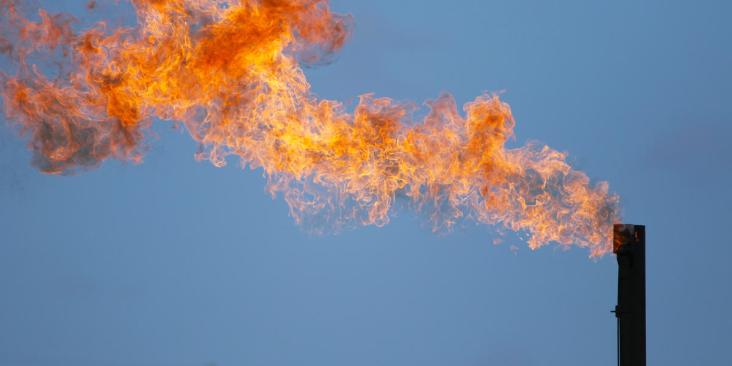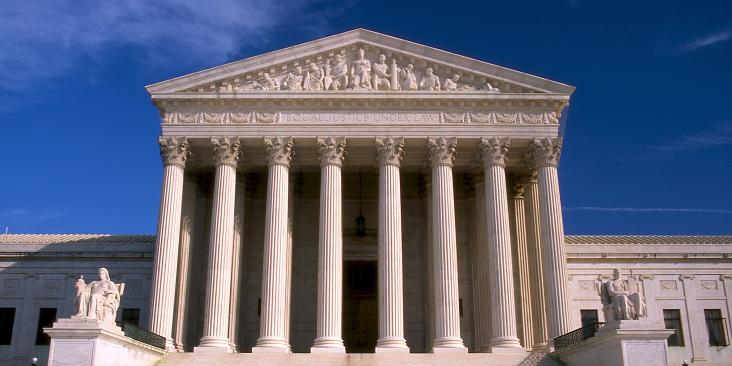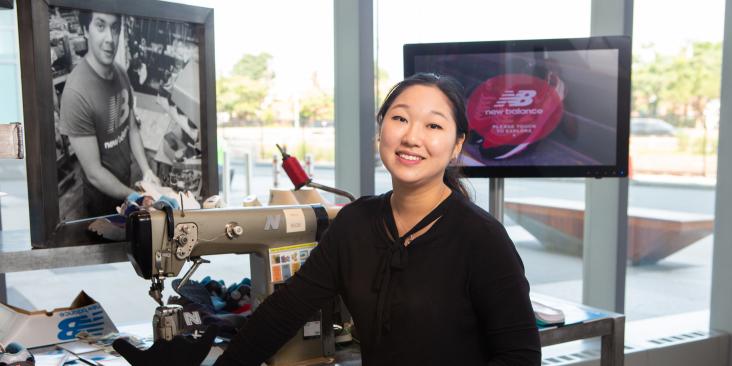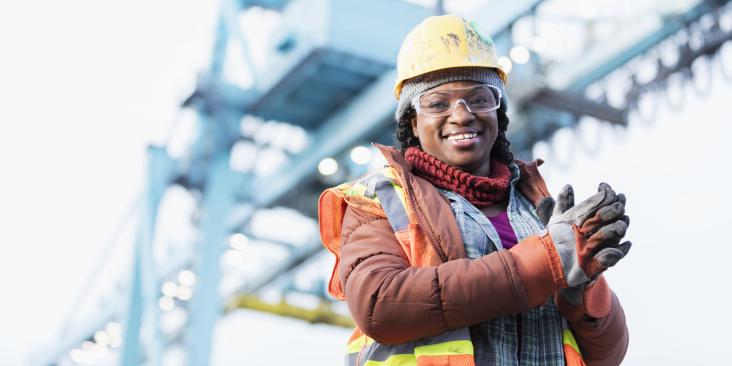This blog was co-authored by Jennifer Walker, Senior Director, Texas Coast and Water Program, National Wildlife Federation.
Earlier this month, Texans overwhelmingly approved Proposition 4, a constitutional amendment that will dedicate $20 billion ($1 billion a year for the next 20 years) to the Texas Water Fund to create a steady, predictable stream of money to tackle critical water challenges for both rural and urban communities. This is the largest investment in water in Texas’ history and was supported by state leaders and Texas voters across the political spectrum. Its passage demonstrates that water is a bipartisan issue and that Texans understand that our water security is tied to our economic security, our way of life, and the protection of our natural resources.
The funding can be used for a variety of strategies that expand the state’s toolbox and make Texas more resilient in the future, such as developing new, innovative water supplies; repairing aging and deteriorating water and wastewater infrastructure; and implementing water conservation strategies and flood mitigation projects. The predictability of a dedicated revenue stream lets communities and the state plan for the long term and build regional solutions, rather than quick fixes, leveraging federal grants, local investments, and private capital to increase the number of projects funded and make the dollars last longer.
Prop. 4 is truly a game changer for Texas water, but it is a down payment, not a magic bullet. Texas has more to do to secure its water future. Here are five key areas the state still needs to address.












 Last month EDF co-hosted a side event at World Water Week in Stockholm with an ambitious goal: to catalyze collaboration around a global movement to tackle the groundwater crises affecting many regions of the world.
Last month EDF co-hosted a side event at World Water Week in Stockholm with an ambitious goal: to catalyze collaboration around a global movement to tackle the groundwater crises affecting many regions of the world.
